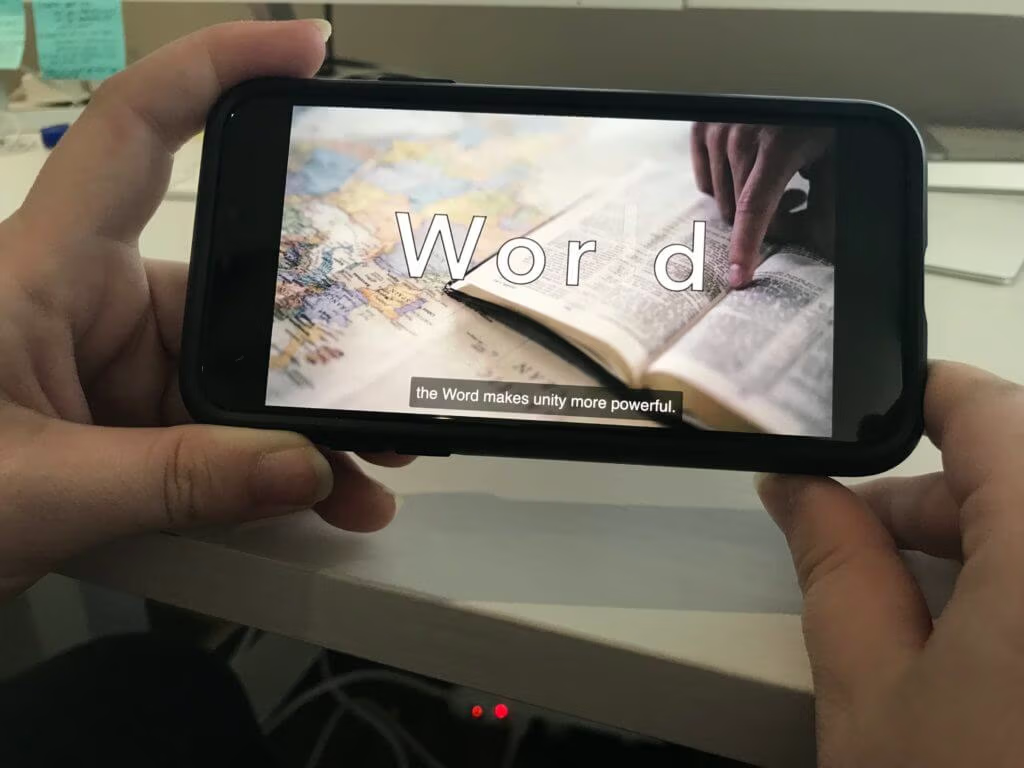Brian recently shared how to add closed captioning to the video content you share. As someone who has dealt with hearing loss in some form or fashion my entire life, I want to share the “why” behind closed captioning your video content today. Captioning your content may be the missing step in your marketing you have never even heard of (yes terrible pun intended!)
For the deaf and hard of hearing community
Growing up in my house the closed captions were always on the tv. My father has had hearing loss from otosclerosis since he was a small child, is an amazing lip reader, and has worn hearing aids for 20 years now. While pregnant with my first child, I noticed a decrease in hearing in one ear and later found out that I also had the same condition that was triggered by my pregnancy. I now wear a hearing aid also and am getting better and better at lip-reading. All of that to say that when scrolling social media or any website with video content, if the closed captioning is not available, I very rarely watch the content. I skim right over it. With no captions, I have to turn the volume up much higher (disturbing those around me or waking up sleeping children) and even then if faces are not shown or the speaker mumbles or there is background music it can be hard to understand.
By not captioning your video marketing you are leaving out an entire population who will most likely scroll on by your content. It is estimated by 2050 over 900 million people (that’s 1 out of every 10 people) will have disabling hearing loss. A 10% loss of market may not sound like much but when you consider the scope of digital advertising, you are talking about quite a large number. Read on to realize how much more of your market you are losing by choosing not to caption.
Audio Off Viewership
Raise your hand if you keep your mobile device primarily set to silent or vibrate? I know that I do. In fact, a LOT of people do. Up to 85% of Facebook video is watched with the sound totally off. Look at your content and watch without the sound on. Is your message easily and quickly understandable without captions? We know that 65% of people who watch the first three seconds of a video will watch for at least ten seconds and 45% continue watching for thirty seconds according to a facebook company blogpost. Graphics and interesting subjects can garner attention but captioning helps tremendously.
Facebook along with a Nielsen study found that 47% of the value in video content was delivered in the first 3 seconds and up to 74% of the value was delivered in the first 10 seconds. You have a small window of time to engage with your clients through video and captioning is key to reaching them. Results from the same Nielsen study cited above show that the moment video ads are viewed (even before one second), ad recall, brand awareness, and purchase consideration have all increased. Video ads are powerful but must be done right.
From a digital marketing standpoint, captioning is a no-brainer absolute yes. Data shows that viewers engage longer and remember more when captions are present. Don’t invest time, money and effort into creating amazing video content, only to have it fall on deaf ears. (another terrible pun intended)
P.S. If you have read this far and have NOT set your phone or mobile device to automatically play captions if they are available, check out the graphic below showing how to do it on your iPhone, android, and on youtube. Moms-captions help your kids in reading and if English is your second language, captions help your fluency.




